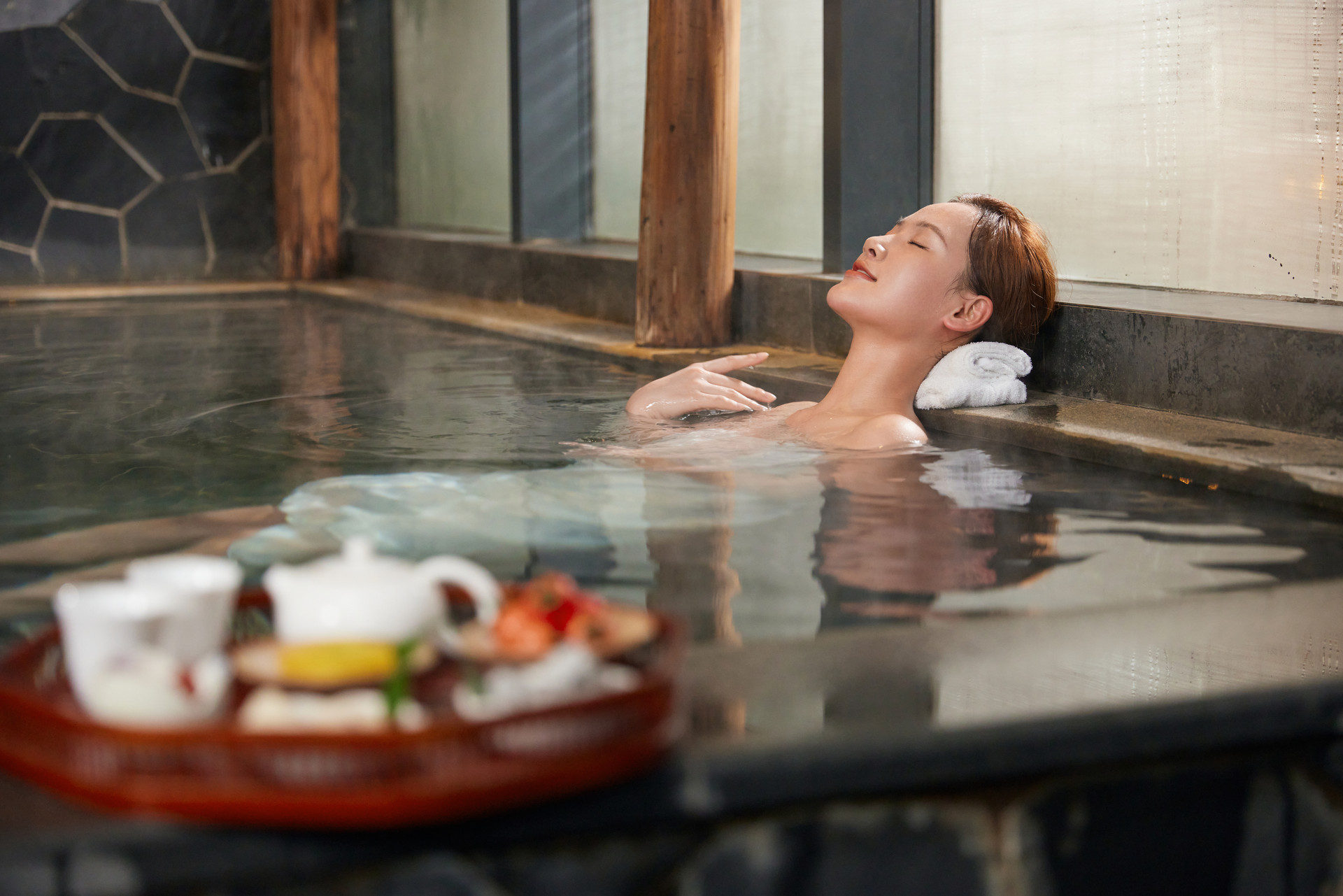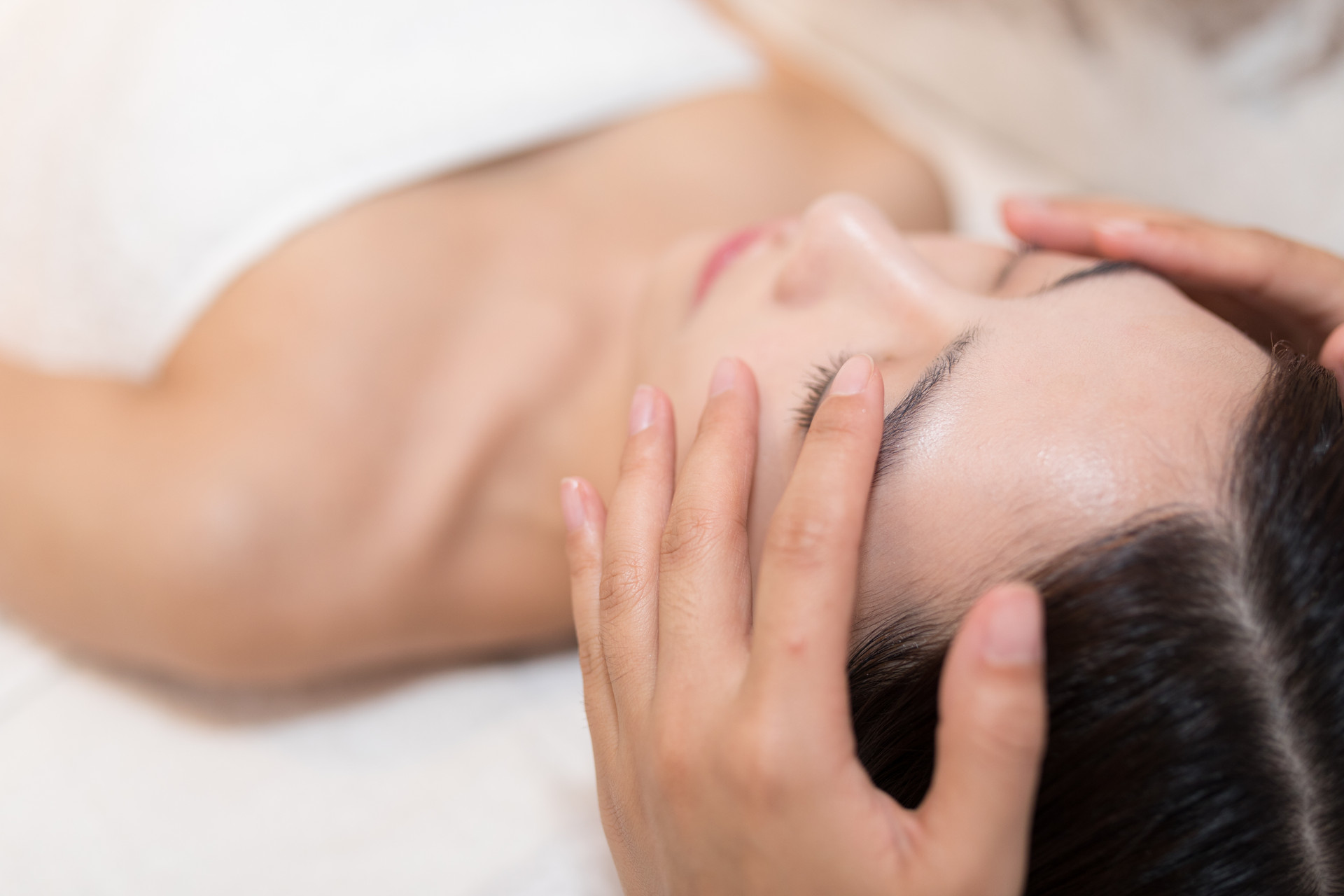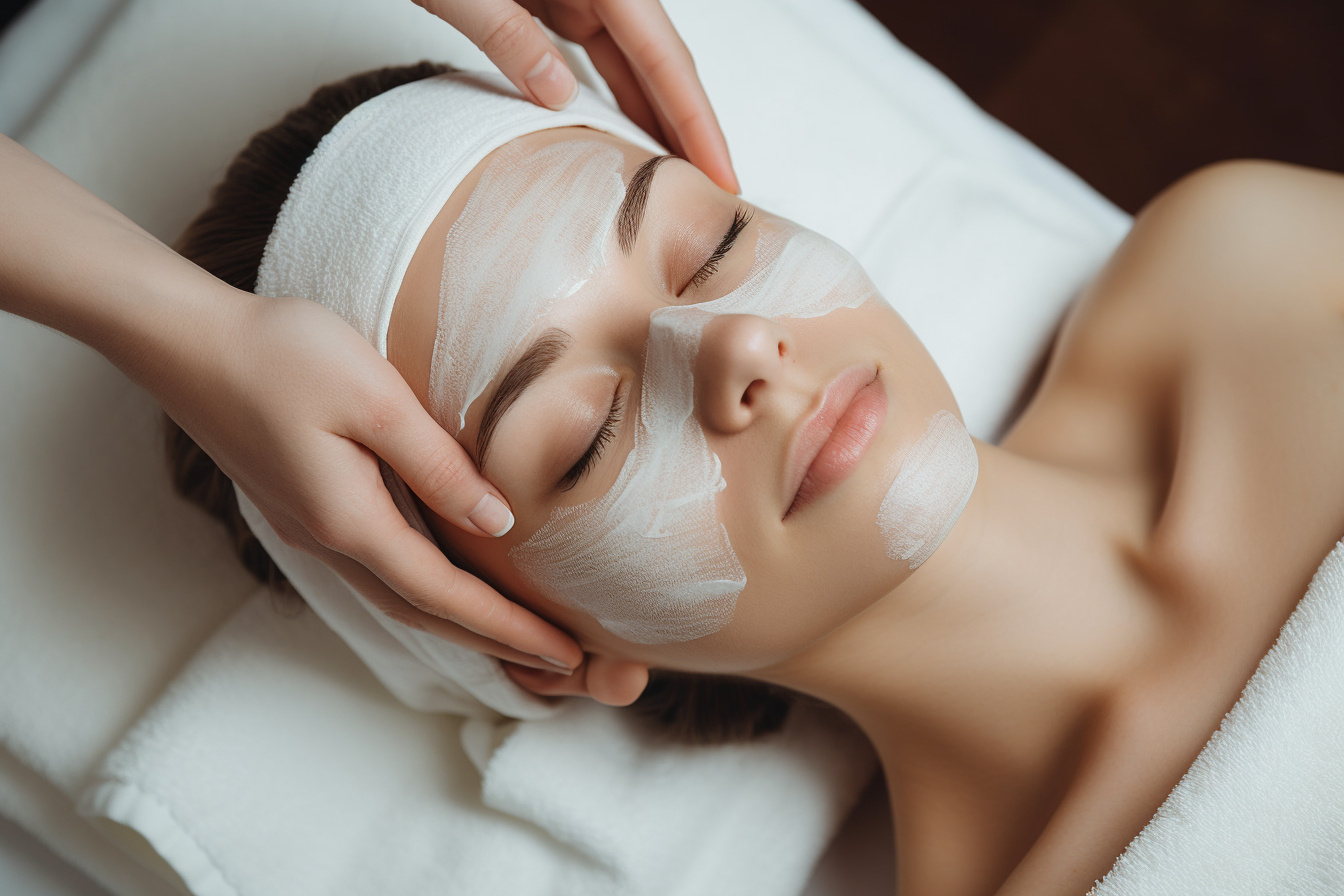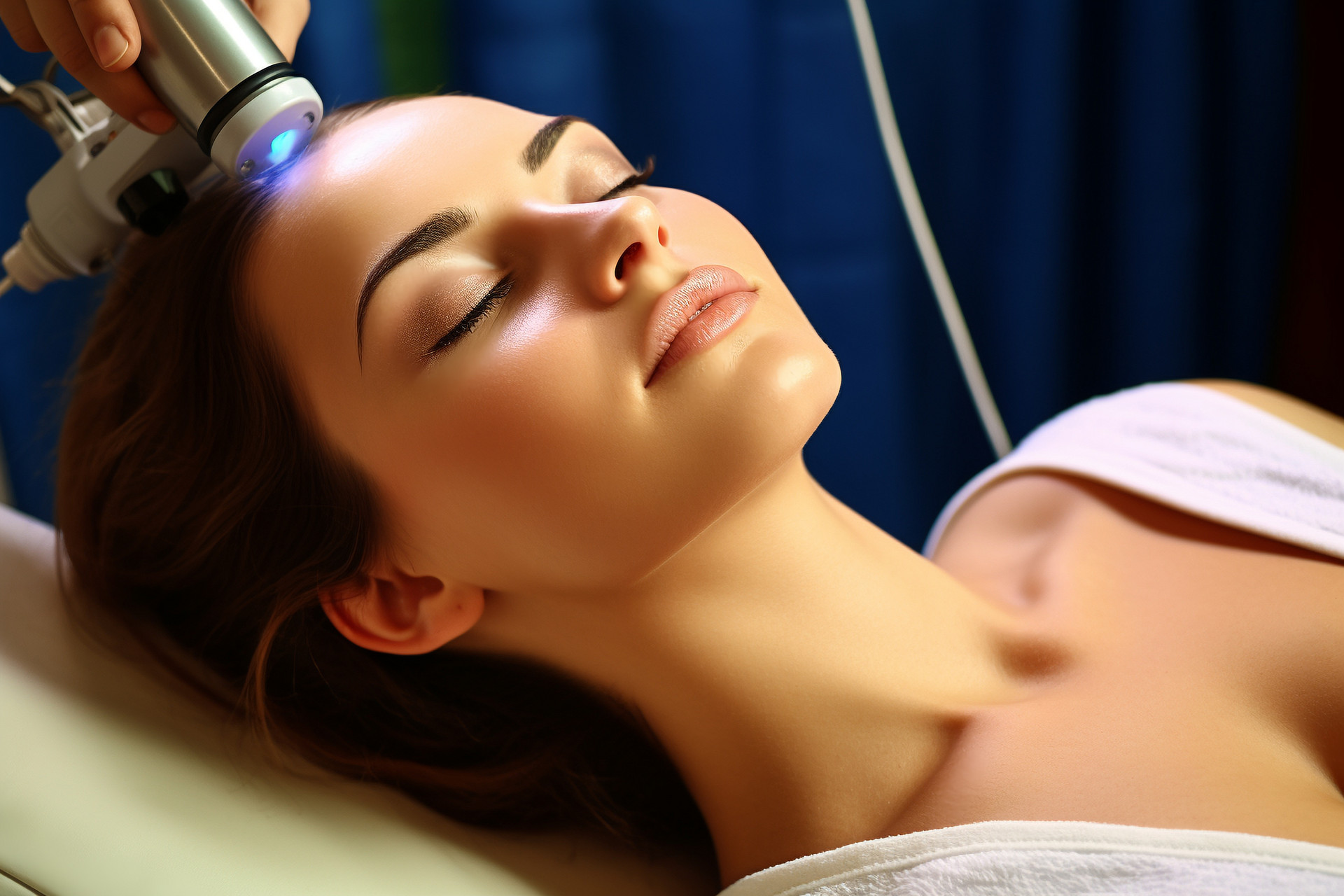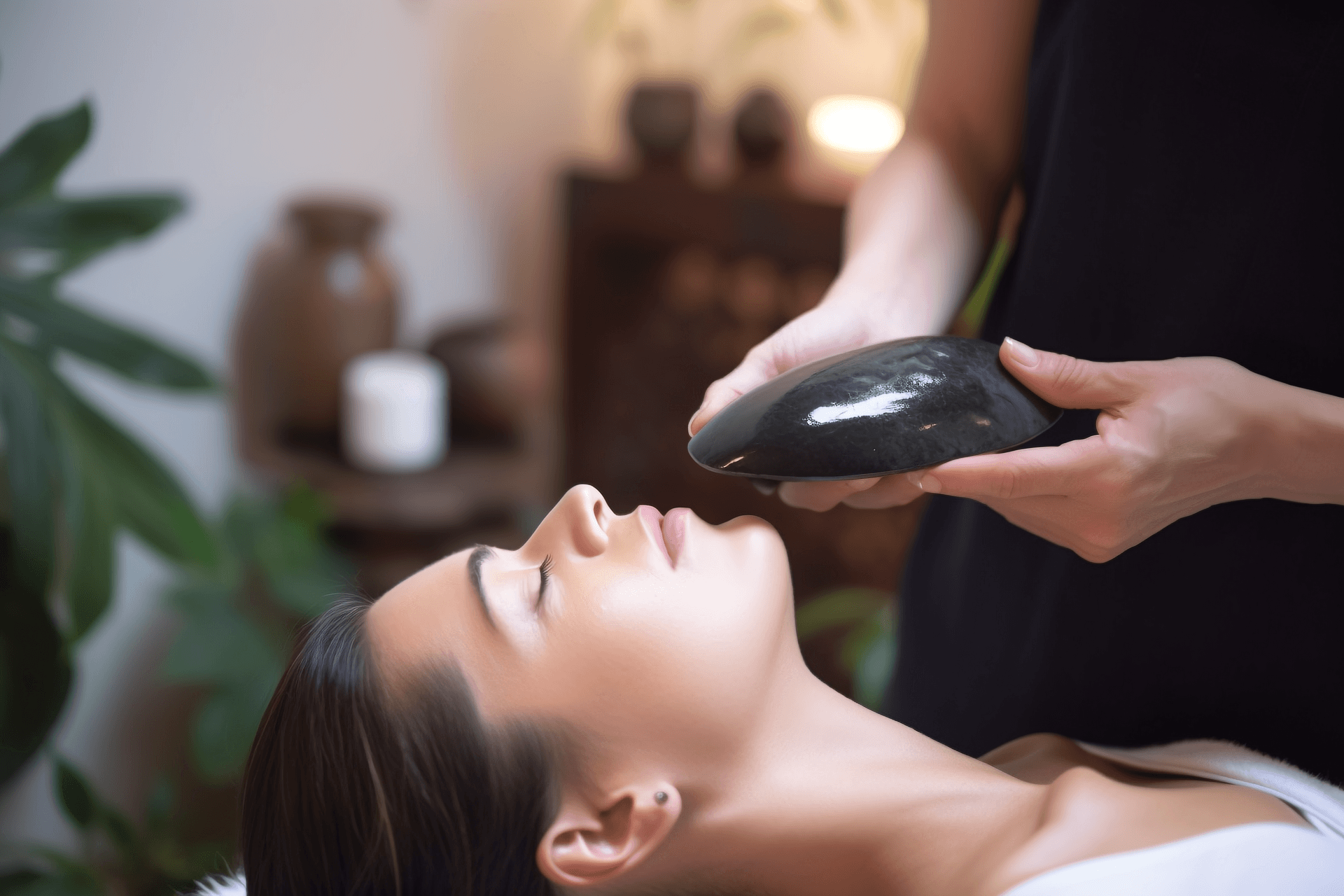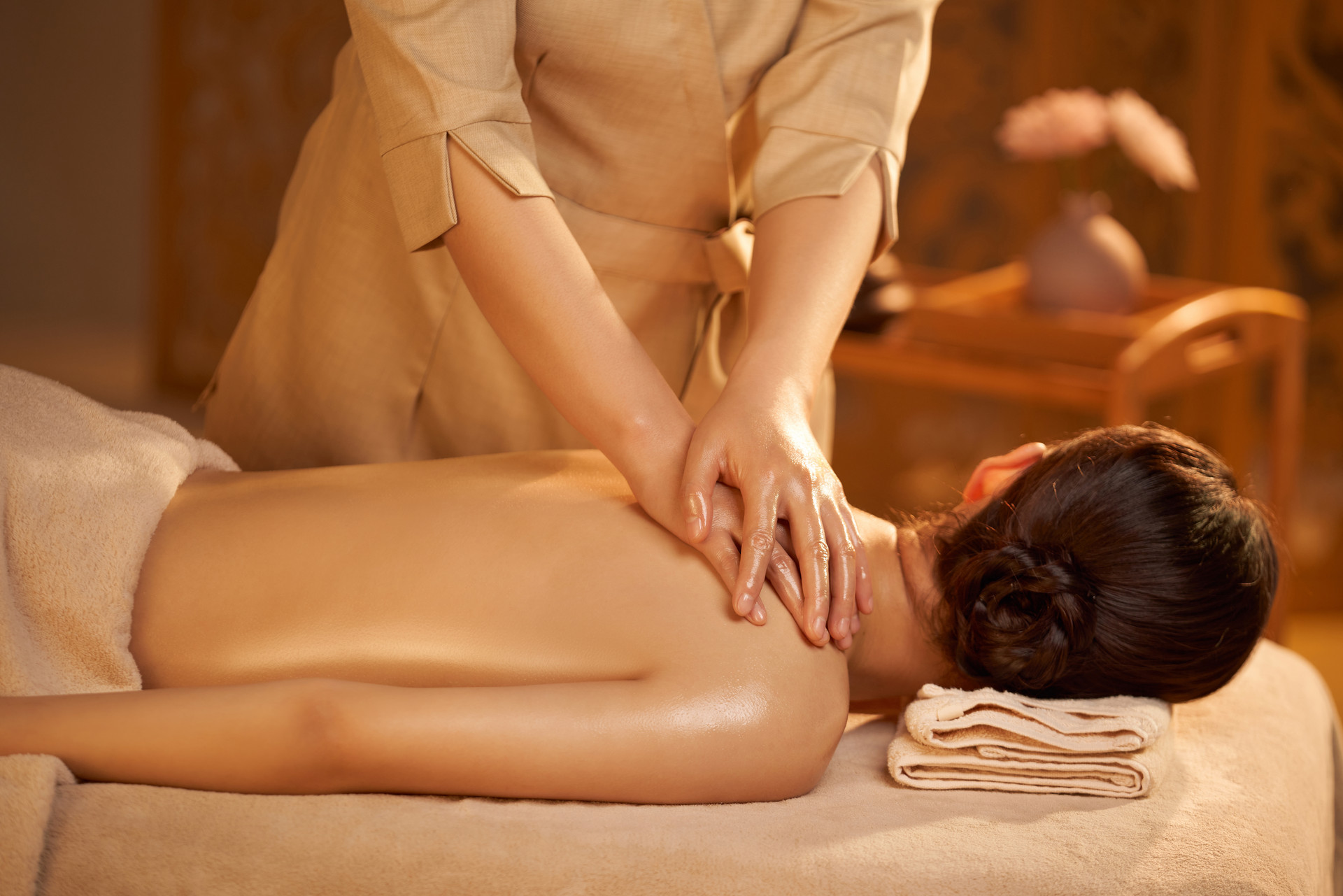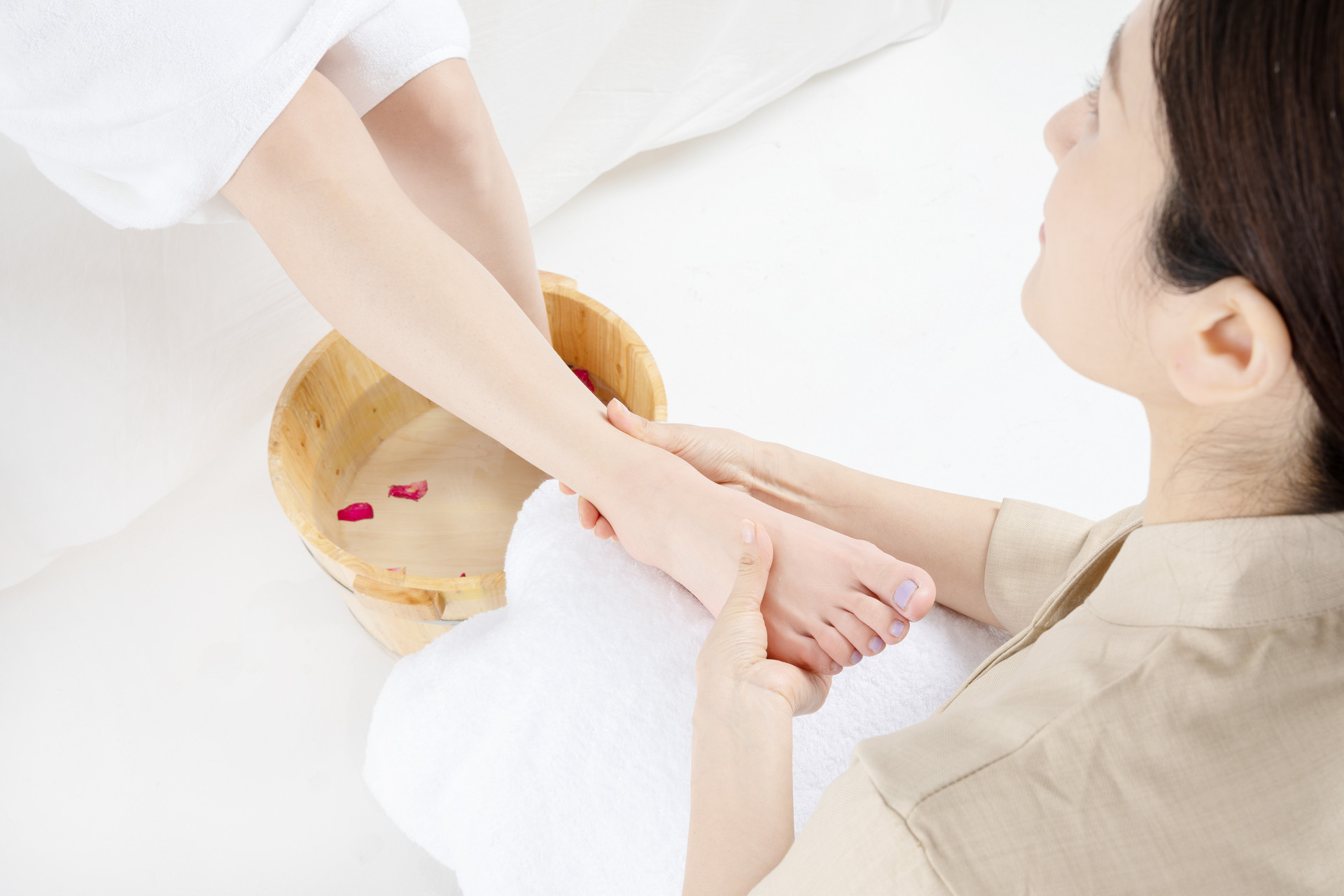For friends who are interested in traditional Chinese medicine health care, they should be familiar with Chinese Tuina massage, and many people have even tried it. In fact, Chinese Tuina massage has been increasingly recognized by more and more people due to its unique therapeutic effects and techniques. Today, let's learn about the techniques of Chinese Tuina massage and how it can treat diseases together.
Table of Contents
1. Introduction to Chinese Tuina Massage
2. General Techniques of Chinese Tuina Massage
3. How Chinese Tuina Massage Diagnoses Diseases
4. Effective Tips for Chinese Tuina Massage
5. Chinese Tuina Massage for Common Pediatric Diseases
6. Teaching You Five Meridians to Nourish Five Organs through Tuina Massage
7. Chinese Tuina Massage for Treating Facial Paralysis
8. Chinese Massage Helps You Sleep Easily
Introduction to Chinese Tuina Massage
Tuina massage usually refers to the use of a series of techniques such as pushing, grabbing, rubbing, pinching, and patting by the therapist's hands on the painful areas of the patient's body, in order to promote the circulation of meridians and relieve pain. Tuina massage is generally suitable for the elderly, adults, and children, and is a widely used self-care method.
In ancient times, Tuina massage was called "Anmo" or "Anqiao", which is a health care technique that originated in China. Before the use of herbal decoctions for treating diseases, Tuina massage was already used to treat people. The development of Tuina massage has a history of more than 5,000 years. During the Sui and Tang dynasties, there were even positions such as massage doctors and massage therapists.
Theoretical Basis
The theoretical basis of Tuina massage is based on the theory of traditional Chinese medicine's zang-fu organs and meridians. Meridians are the general term for meridians and collaterals in the human body. They are the pathways for the circulation of qi and blood. They are closely connected to each other in the human body, crisscrossing and connecting the internal organs, external limbs, and skin, forming a complete circulatory system. They play a role in promoting qi and blood circulation, balancing yin and yang, nourishing the organs, and promoting joint mobility. If the circulation of qi and blood along the meridians is smooth, a person will naturally be in good health. If the circulation of qi and blood is blocked, diseases will occur. Tuina massage can promote the smooth flow of meridians, balance yin and yang, and help people maintain a state of health.
With the development of Tuina massage to the present, there are hundreds of specific techniques from various schools. This has led to a wide variety of hand techniques, but the basic requirements are that the movements should be powerful, uniform, and penetrating. However, if we trace the origin of Tuina massage, all the hand techniques come from the same source.
As a method of healing people with human hands, Tuina massage usually refers to the therapist using their hands on the patient's body surface, injured areas, discomfort areas, specific acupuncture points, and painful areas, using various forms of pushing, grabbing, pressing, rubbing, kneading, pinching, and patting.
Selection of Acupuncture Points and Areas
For external injuries, the focus is usually on the area of pain, as the symptoms of muscle, ligament, and joint lesions mostly manifest in the area of the lesion. However, in case of acute injuries with severe local pain and swelling, it is advisable to first select adjacent acupuncture points and areas for manipulation, and then perform local manipulation after the condition improves slightly.
For internal gynecological diseases, attention should be paid to selecting acupuncture points and areas along the meridians and according to the symptoms. Depending on the interrelation between the nerves innervating the internal organs and the body, specific acupuncture points can be selected for stimulation on the body surface. For pediatric Tuina massage, the selection of acupuncture points and areas depends on the range and depth of the disease based on different external and internal diseases.
In general, if the patient has a strong physique, it is recommended to choose the lumbar, hip, and limbs for manipulation. In the case of sports-related injuries and other conditions, the intensity of the therapist's manipulation can be appropriately increased. If the patient has a weak physique, especially for pediatric patients, the intensity of the manipulation should be smaller.


